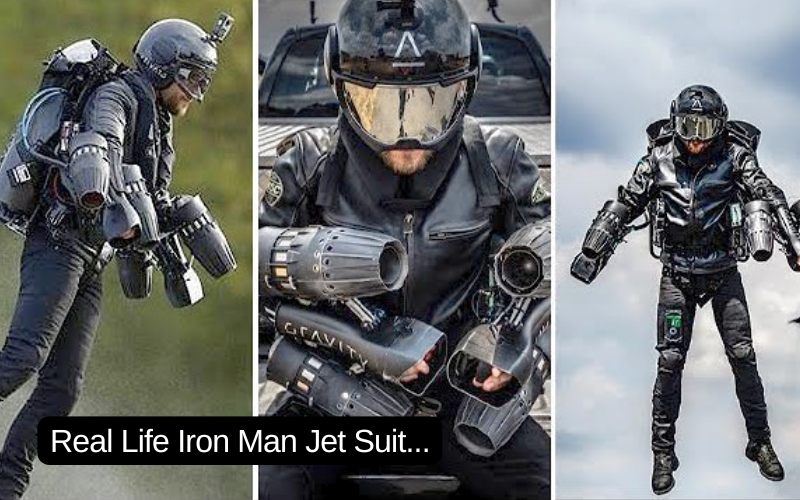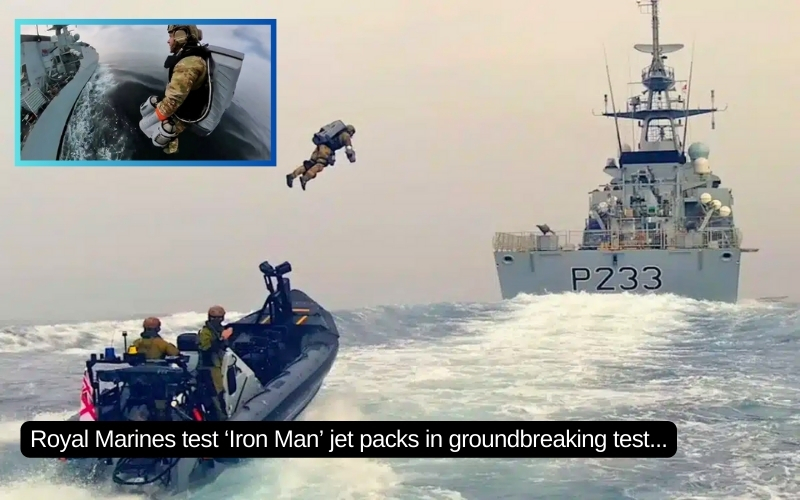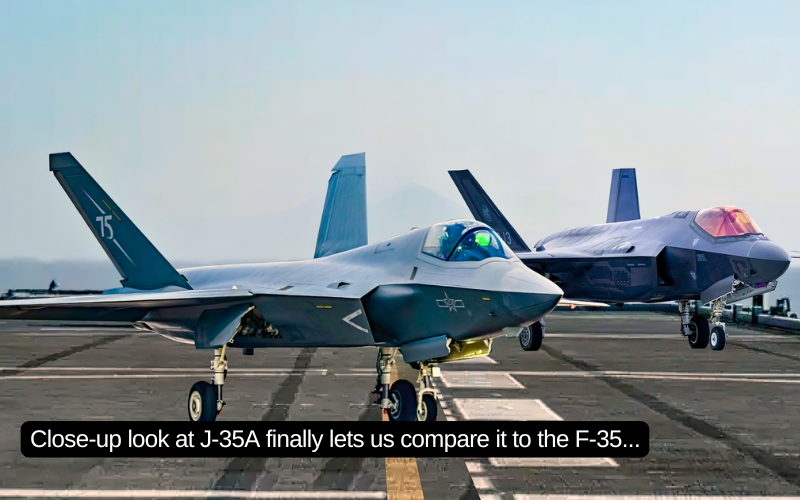Sikorsky’s new weapons system can be integrated to existing Black Hawk helicopters.

The U.S. Army’s stated intent to continue operating Black Hawk helicopters into the 2070s means the platform will benefit from continual investment for another 50 years from both Sikorsky and the U.S. military. As part of that effort, Sikorsky has developed and certified a new weapons system retrofit kit for the venerable Black Hawk.
Armed Black Hawks do exist — the majority of these are modified by the U.S. Special Operations community for their specific needs and therefore are not available internationally. These weapons systems exist as federated systems and are not integrated with the Black Hawk’s avionics.
More than 30 militaries around the world depend on UH-60 and S-70 Black Hawk fleets for high reliability in tough environments. These multi-purpose platforms have a proven military pedigree of transporting troops and cargo into battle, conducting armed reconnaissance, combat search and rescue, medevac and humanitarian relief missions.

Sikorsky continues to deliver new H-60M models to U.S. Army units, last year signing a five-year contract for 257 aircraft. This year will see final assembly of the first nine HH-60W combat rescue helicopters for the U.S. Air Force, which wants to buy 112 of those aircraft.
The genesis of Sikorsky’s new weapons system kit dates back to 2009 when Sikorsky and Elbit Systems conducted proof-of-concept demostrations for an armed Black Hawk in Israel. Both companies invested their own money and over a two-year period test fired a number of weapons, including a turreted gun, guided advanced tactical rockets (GATR) and the Spike air-to-ground missile.
“The demonstration program in Israel had very positive results,” said Joe Palumbo, Sikorsky program director overseeing the weapons system program for the Black Hawk. “Couple that with the strong international customer base of almost 1,400 Black Hawks and the fact that many nations can’t support both a utility helicopter and attack helicopter — these factors taken together supported the business case to develop a kit to weaponize the Black Hawk. The new weapons system kit also leverages our whole logistics and support package by having one inventory of parts and one training path for pilots, so that’s also very attractive to fleet operators.”
The development and qualification process for the new Black Hawk weapons kit spanned six years with three S-70M test aircraft. Testing began at the company’s Development Flight Center in West Palm Beach, Florida, where all avionics, software integration, weight and balance, and unarmed flight testing occurred.
Testing then moved to the Naval Surface Weapons Center (NSWC) at Dahlgren, Virginia, for electromagnetic environmental effects (E3) and hazard of electromagnetic radiation to ordnance (HERO) testing. The test aircraft then moved to the U.S. Army’s Yuma Proving Ground in Arizona to conduct two years of live-fire weapons testing that culminated in certification of the weapons system kit in late 2017.

The new weapons kit is designed for third-generation S-70M and S-70i Black Hawks, all of which are built to a military standard and equipped with a digital cockpit, digital interface databus, enhanced engines and blades, integrated vehicle health management system (IVHMS) and various other safety and product improvements.
The digital architecture of these aircraft facilitates full integration of the weapons system kit with the cockpit avionics and will enable the crew to fire fixed-forward guns, rockets and missiles during armed reconnaissance missions, or as a multi-role medium attack helicopter supporting ground troops. Weapons are carried by two external wings — the external stores and weapons system (ESWS). Together, the wings have four weapons stations that can support any combination of certified munitions or up to four 200-gallon external fuel tanks, which allows the aircraft to self deploy on long missions or be ferried up to 1,400 km.
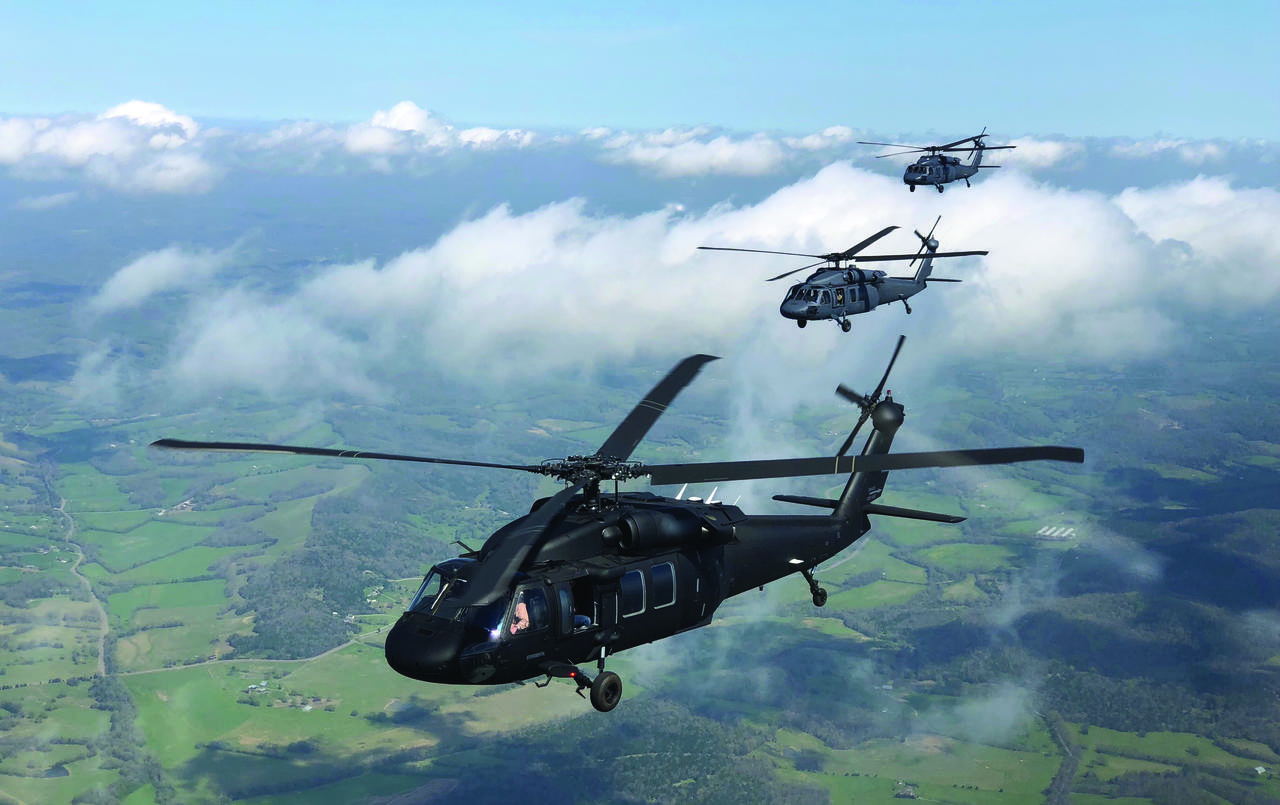
It takes around three months to modify a Black Hawk with the integrated weapons system kit, which is then warrantied by Sikorsky. Once modified, support crews can configure the aircraft to its medium attack role in less than three hours, thus giving military commanders flexibility as battlefield situations dictate.
The weapons management targeting system for the new kit is made by Elbit Systems and is now integrated with the Black Hawk’s integrated head-up display (I-HUD). “The I-HUD provides all the aircraft systems information — airspeed, altitude, attitude — so what we’ve done now is add a new weapons management card to the HUD box, and that integrates all the weapons symbology into the HUD system,” Palumbo explained. “We did a lot of non-recurring engineering to specifically avoid adding new boxes to the aircraft. By integrating with the I-HUD, the pilot no longer has to look down to his weapons pages to select weapons or to do any ballistic calculations. We’ve added standard military symbology such that all that information is now presented on the pilot’s eyepiece.”
According to Sikorsky, the pilot’s eyepiece will now show various weapons parameters like distance to target, time to target and a continuously computed impact point (CCIP).

The primary benefit of a weapons system integrated with the aircraft’s flight controls, according to Vince Vannoorbeeck, Sikorsky chief pilot for the weapons program, who tested the system at the Yuma Proving Grounds, “is the ability to put the first round onto a static or moving target with minimal training.
“Wearing a helmet-mounted display that’s continuously updated with targeting symbology, I can maneuver the aircraft, and the system will calculate range and adjust for the ballistics of the round,” he said. “Extreme accuracy is ideal for minimizing collateral damage to assets in close proximity to targets, thereby reducing risk for troops in the field while providing close air support.”
Pilot trainees can learn to shoot accurately in just three weeks, according to Sikorsky.
“It really is a pretty comprehensive kit, which can be operated by either the pilot or co-pilot to put rounds on target,” Palumbo said. “The beauty of our cockpit, in comparison to tandem cockpits that are common on attack helicopters, is to allow greater crew coordination since our pilots are sitting next to each other. That gives them better situational awareness of what the other one is doing, and it allows for much better cross communication.”
Weapons tested during the development and certification phase included fixed-forward GAU-19 and M134 guns, seven different types of unguided 2.75-inch (70mm) Hydra rockets in 19-shot or seven-shot pod configuration and the Hellfire air-to-ground missile. The new weapons kit is also able to launch 2.75-inch guided advanced precision kill weapon system (APKWS) and/or TALON rockets. Those munitions were not qualified by Sikorsky during the certification program. These precision weapons require a laser designator, which is part of the EO/IR pod fitted to the aircraft.
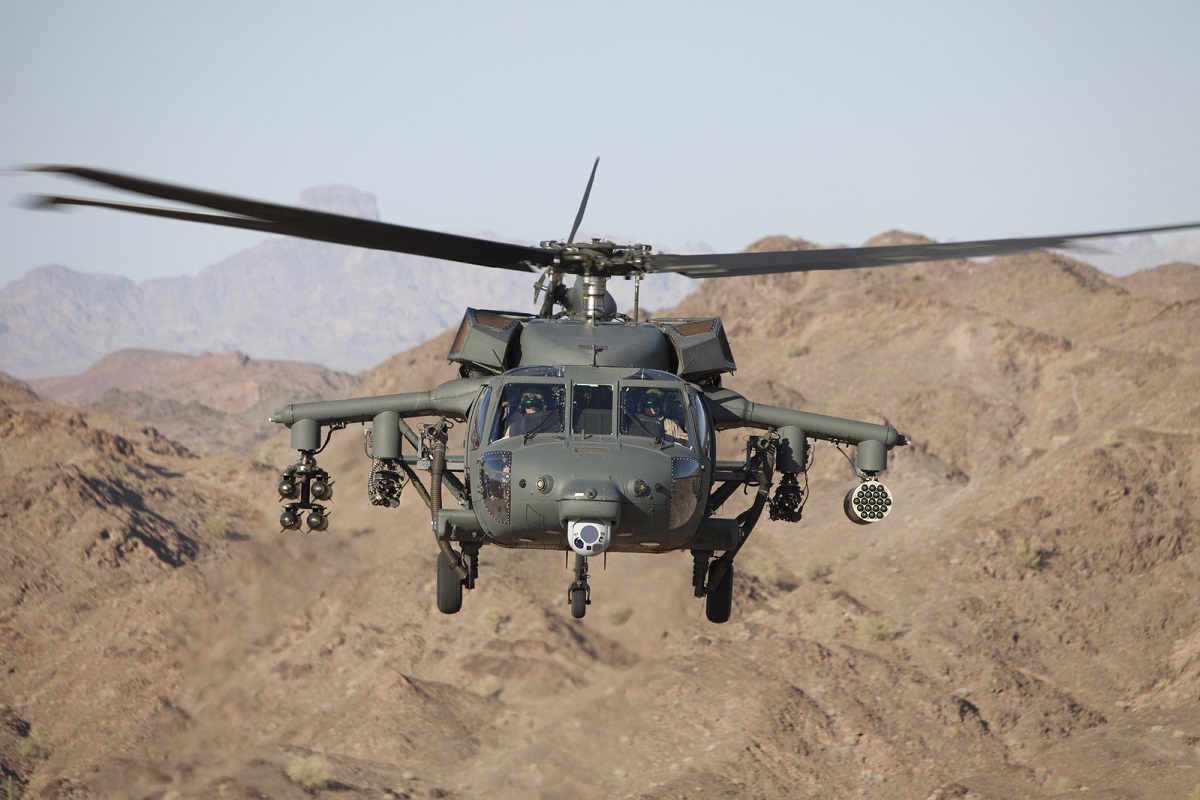
Considerable effort was spent developing new software for the aircraft’s flight management system and for weapons symbology in the multi-function displays. The aircraft’s electrical system was also amended to support the power required for the weapons.
The pilots’ cyclic grips have weapons selection and trigger mechanisms added while the collective is now configured with additional weapons features. Also added are integrated electronic circuit breakers and two center-console mission grips (for pilot and co-pilot) to operate weapons and electro-optical/infrared (EO/IR) sensors. The aircraft are also fitted for engine inlet barrier filters and internal auxiliary fuel tanks.
Rounding out the major systems enhancements is the pilot’s helmet tracking system, which is completely mapped to the cockpit so that weapons symbology is harmonized when the pilot turns his or her head. The weapons system mission kit also includes ammunition pallets that fit inside the cabin to feed the GAU-19 and M134 guns.
Test aircraft were fitted with the FLIR Systems BRITE Star II EO/IR pod, though the Black Hawk can accommodate other vendors’ pods to suit customer requirements. Although these sensors can be removed when not in armed configuration, Sikorsky believes that most operators will elect to keep them on the aircraft for enhanced situational awareness during day or night, and the ability to conduct search and rescue operations as needed.
“Testing the weapons was a very methodical and deliberate process,” Palumbo said. “In the case of the air-to-ground missile, we fired seven missiles at various altitudes and ranges to ensure it comes off the rail correctly and that it accurately guides to the target. We did the same for the unguided versions of the Hydra rockets. A lot of countries have limited budgets, so our new integrated weapons kit assures target accuracy, and that ultimately saves money by saving rounds that would otherwise be fired needlessly.”
Bill Gostic, Sikorsky VP of global military systems and services, added, “Sikorsky has vastly simplified the complex task of placing rounds onto targets from standoff distances by calculating the complex ballistics required for effective airborne gunnery.”
Sikorsky’s multi-year effort to introduce the integrated weapons system kit capability for the Black Hawk is already paying dividends as the company has secured its first international contract with an undisclosed operator using the latest generation Black Hawk. RWI
Source: digitaledition.rotorandwing.com


